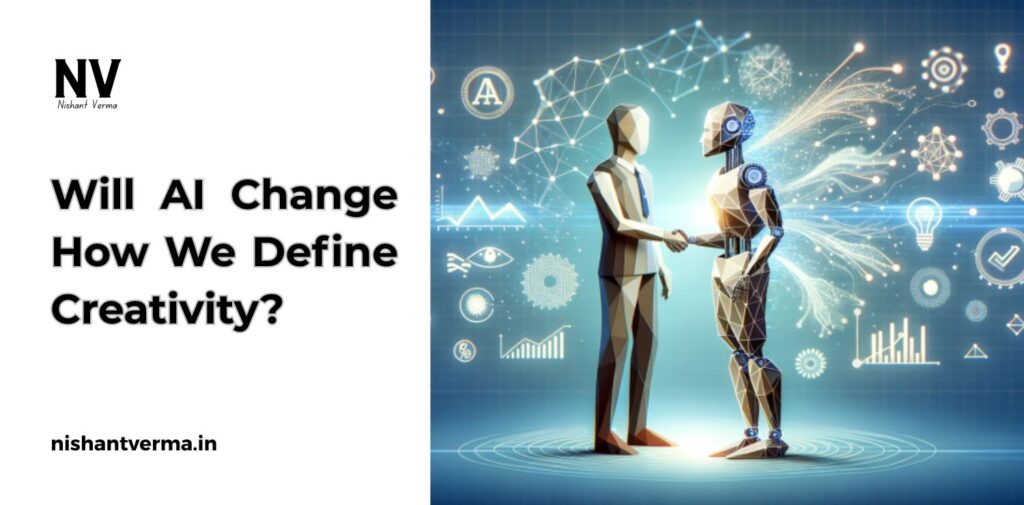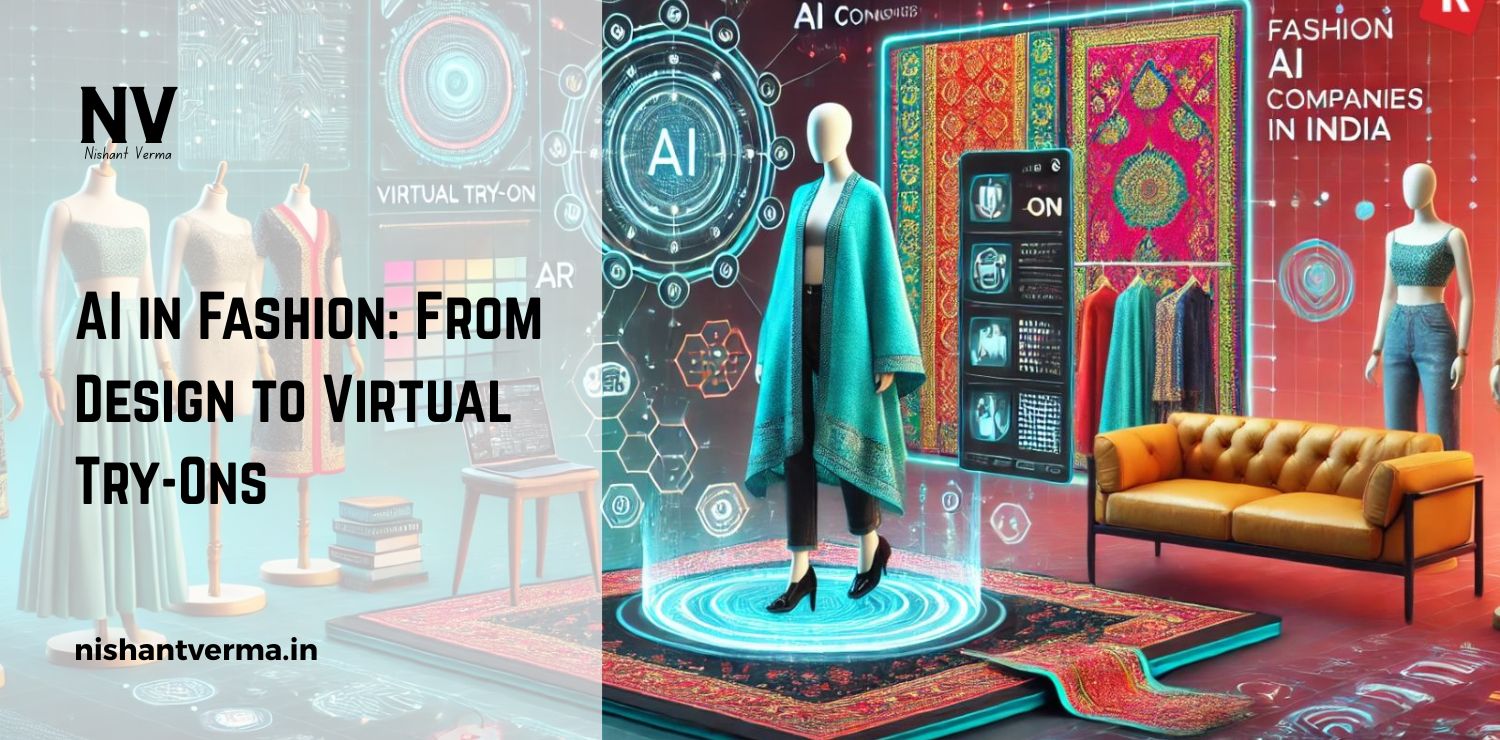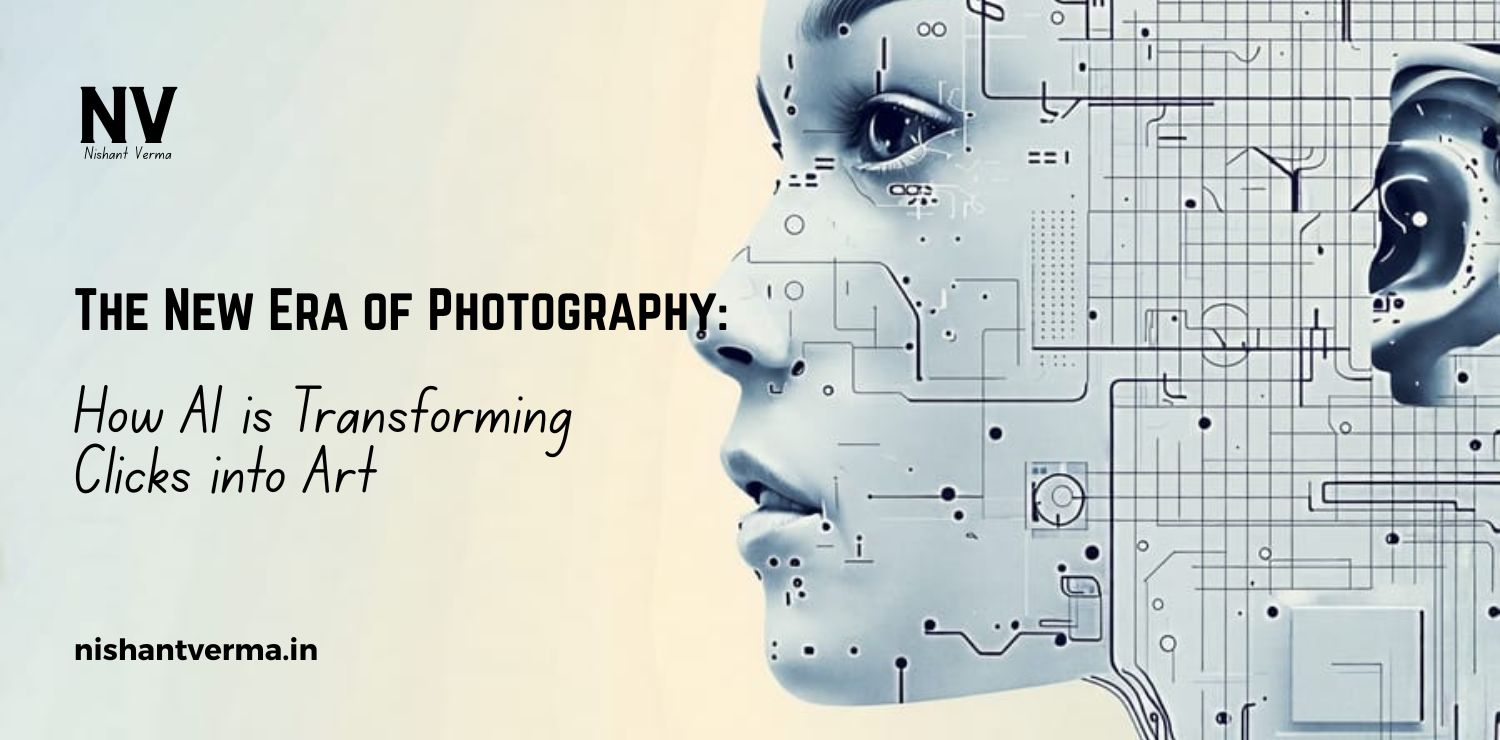A Deep Look for the Indian Audience
In recent years, artificial intelligence (AI) has entered almost every aspect of our lives. From smartphones to online shopping, AI is everywhere. But one area where its presence is now growing rapidly is creativity. Whether it’s writing stories, painting pictures, composing music, or designing logos, AI is doing things that were once thought possible only by humans.
This makes us ask a very interesting question – will AI change how we define creativity? Especially in a country like India, where art, music, dance, literature, and storytelling are such an important part of culture, it’s worth thinking about how AI could change the meaning of being creative.
Let’s understand this in a simple way and explore how AI is reshaping the creative world and what it means for the Indian audience.
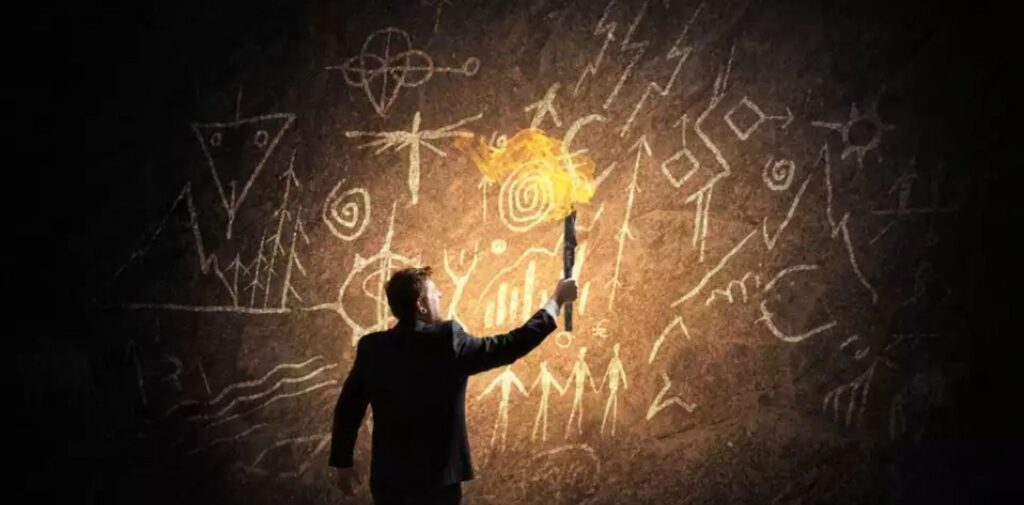
What is Creativity and Why Is It So Special?
Creativity is the ability to think of new ideas, imagine new possibilities, and express them in a unique way. It can be in the form of a painting, a poem, a new business idea, a dance performance, or even cooking a new dish. Creativity often comes from human emotions, life experiences, culture, and imagination.
In India, creativity is deeply rooted in tradition. From classical music to Bollywood films, from rangoli designs to folk dances, creativity is everywhere. It is not just about making something new, but also about expressing feelings and values.
So far, creativity was something that only humans could do. But now, with the rise of AI, things are starting to change.
How AI is Becoming Creative
AI systems are now able to create things that look or sound like they were made by humans. For example:
- AI tools like ChatGPT can write stories, poems, and articles.
- AI software like Midjourney or DALL·E can create beautiful digital art.
- AI music programs can compose new songs in different styles.
- Some apps even use AI to design clothes or home interiors.
These systems are trained using huge amounts of data – like books, pictures, songs, and other creative works – and then use that knowledge to create something new. It may not have real emotions, but it can still produce results that look creative to us.
In fact, some AI-made artworks have been displayed in exhibitions and even sold for lakhs of rupees.

What Makes AI-Generated Creativity Different from Human Creativity?
Even though AI can make beautiful art or write great poetry, it is important to understand how it is different from human creativity.
First, AI doesn’t have feelings, life experiences, or cultural values. It only uses the data it is trained on. So, while its work may look impressive, it lacks the emotional depth and personal touch that a human artist or writer brings.
Second, human creativity is often inspired by problems, dreams, relationships, and real-life situations. For example, a poet may write about heartbreak, or a painter may create a scene from a childhood memory. AI cannot feel pain or joy. It can only guess what those emotions look like.
However, AI is very fast. What may take a person days or weeks to create, AI can do in minutes. This can be helpful for businesses, designers, and content creators who need creative output quickly.
How AI is Changing the Indian Creative Landscape
In India, AI is already entering the creative industries:
- Many Indian YouTubers, bloggers, and influencers are using AI tools to edit videos, write scripts, or generate social media content.
- Startups are using AI to design logos, ads, and websites.
- Indian musicians and DJs are experimenting with AI-generated beats and tunes.
- Educational platforms are using AI to create personalized learning content for students.
Even in fields like movie-making and animation, AI is playing a growing role. It helps in scriptwriting, video editing, and even creating background music.
This change is not only making creative work faster and more efficient, but also allowing more people – even those without formal training – to try their hand at creative tasks.
Opportunities and Concerns for Indian Creatives
Like any new technology, AI brings both opportunities and challenges.
- It gives artists and writers new tools to explore.
- It saves time and energy by doing repetitive or technical tasks.
- It allows young creators from small towns to compete with big brands using smart AI tools.
- It opens up new careers in AI-driven design, content creation, and entertainment.
On the other hand, there are concerns too:
- Will AI replace human artists and writers?
- Will traditional Indian arts and crafts lose their value?
- Will AI-created content flood the internet and reduce the importance of originality?
- Who owns the rights to AI-generated work – the person using the AI or the company that made it?
These are serious questions, and the answers are still being debated around the world.
In India, where millions depend on creative work – from handloom weavers to scriptwriters – it’s important to protect the role of human talent while accepting the benefits of technology.
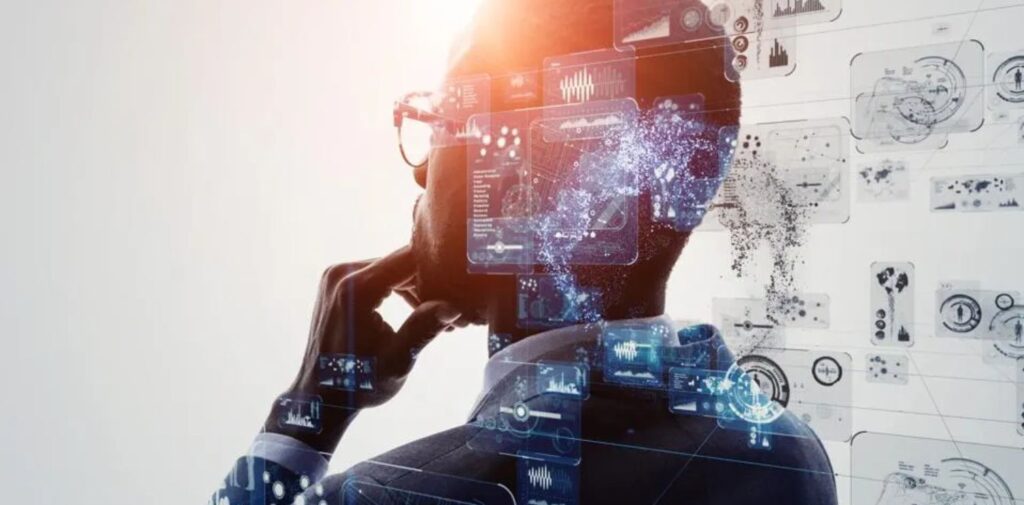
The Future: Working With AI, Not Against It
Instead of seeing AI as a threat, we can see it as a tool. Just like a painter uses a brush, or a musician uses a sitar, today’s artists can use AI as one of their tools.
A poet can use AI to get new ideas. A fashion designer can use AI to try new patterns. A teacher can use AI to create creative learning materials.
In the Indian context, this can be especially powerful. For example, AI can help translate literature between Indian languages, bring folk art to digital platforms, or even create interactive versions of epics like Ramayana and Mahabharata for modern youth.
But at the heart of it, real creativity will still come from human minds – full of emotion, experience, culture, and connection. AI can assist, but the soul of art will always be human.
Conclusion: A New Definition of Creativity?
So, will AI change how we define creativity?
Yes, in many ways it already is. The meaning of creativity is becoming broader. It is no longer just about expressing your own ideas, but also about how you use the tools available to you. Creativity now includes not just painting with a brush, but also designing with code, generating art with algorithms, and remixing old ideas using smart machines.
For India, a land full of stories, traditions, and vibrant expressions, this is both a challenge and an opportunity. If we embrace AI with wisdom, we can keep our creative spirit alive while reaching new heights.
AI is not here to take creativity away from us. It’s here to remind us how powerful our imagination can be – especially when combined with technology.
In the end, the real question is not whether AI can be creative. The real question is – how will we, as humans, choose to stay creative in an AI-powered world?
And that, truly, is the future of creativity in India and beyond.

